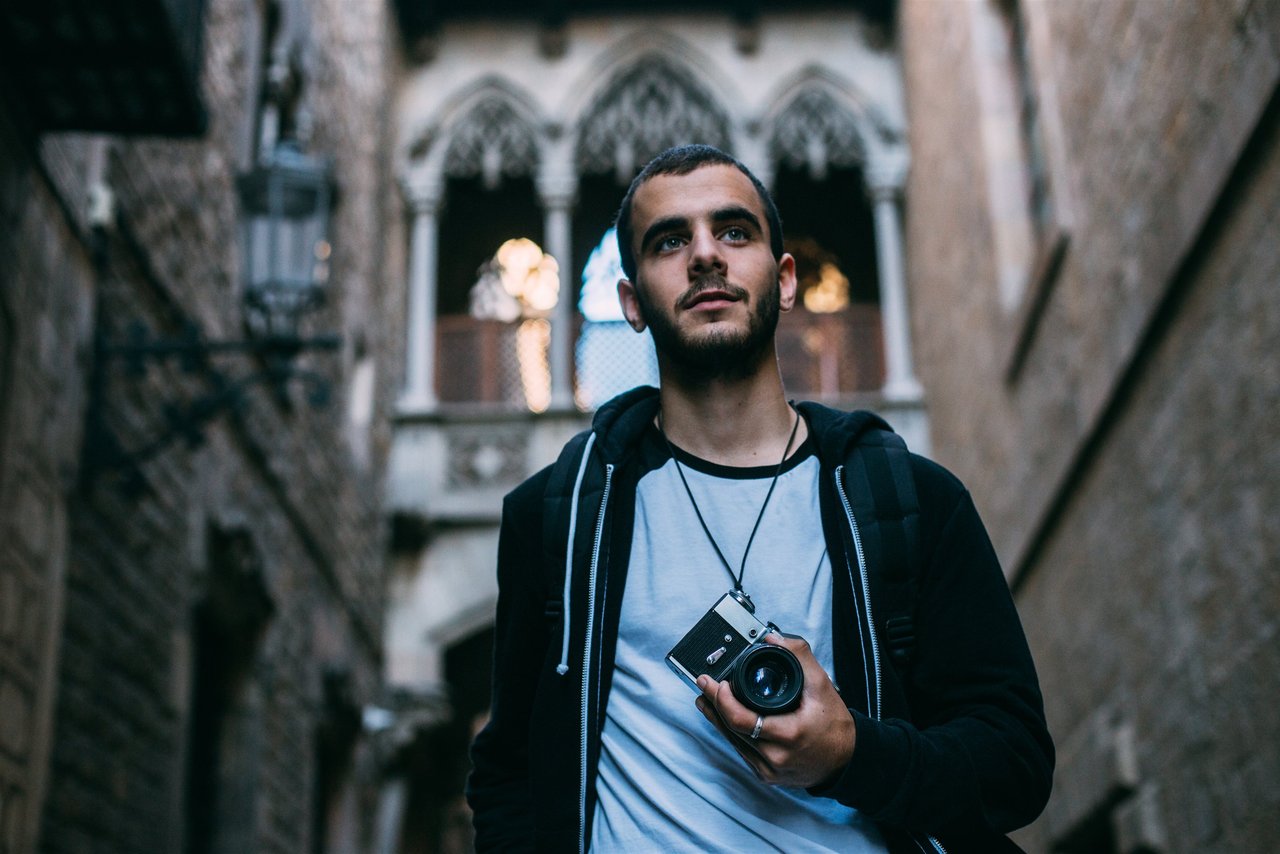Understanding Tokyo’s Gay Club Scene
Tokyo’s gay club scene is more than just a place to dance; it’s a complex landscape reflecting a vibrant community. The diversity within these clubs offers everything from techno beats in Shinjuku Ni-chome to casual lounge vibes in Roppongi. It matters to recognize how deeply these venues connect with the culture and history of Tokyo’s LGBTQ+ population, allowing visitors to experience authentic local energy rather than just a tourist sprinkle. Navigating this scene means embracing variations in style, atmosphere, and crowd, which can range from underground parties to upscale events. Knowing which club fits your vibe depends largely on what you want from your night out – relaxation, socializing, or something more adventurous. Capacity limits, entrance fees, and guest policies often distinguish popular spots, so preparation is key. Open-mindedness and respect for local customs enhance not only your safety but also your ability to truly engage with the community. Tokyo’s reputation as a discreet yet welcoming hub for LGBTQ+ people stems from clubs that frequently act as safe spaces, a rare and valuable aspect in today’s global nightlife. This layered understanding can transform one night out into a meaningful experience, far beyond mere entertainment. For detailed comparisons between venues and settings, the page on Tokyo gay bars offers complementary insights.
 日本語
日本語 English
English




